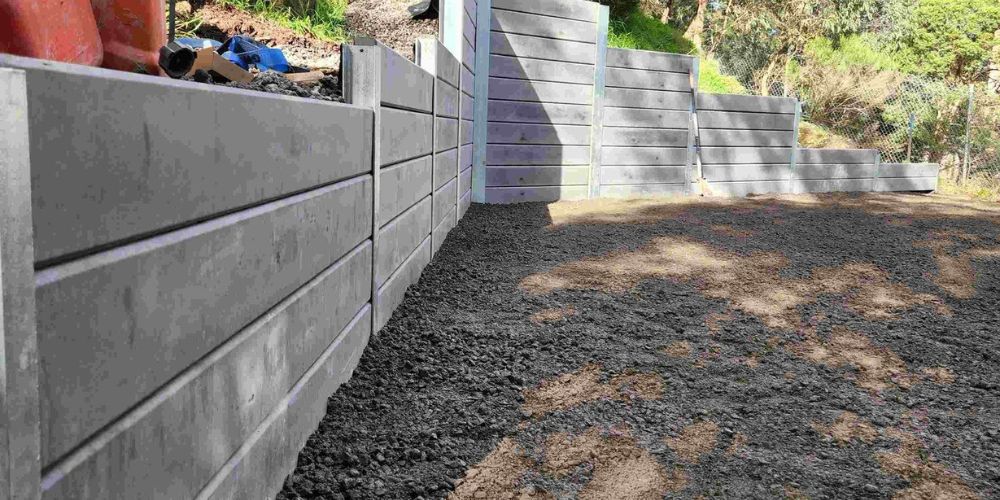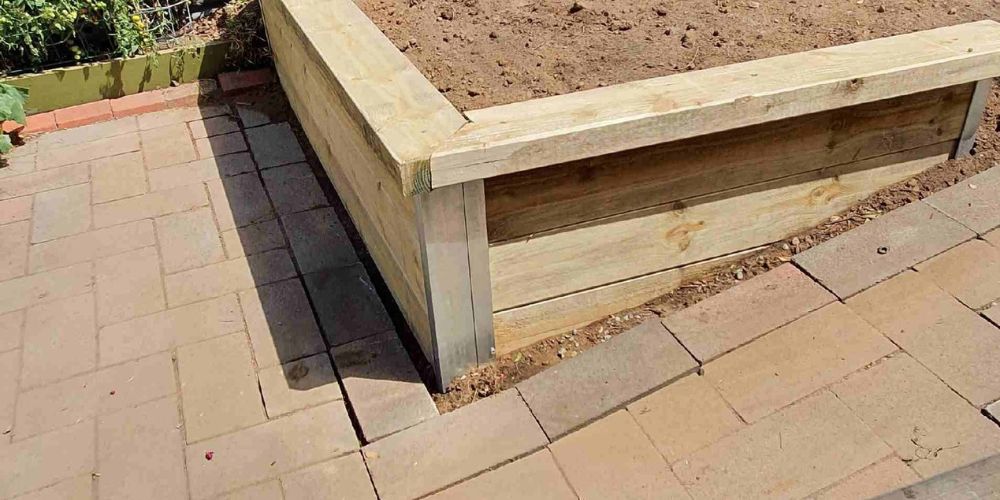Retaining Walls Alternative You Might Want To Consider
If you live on slanted soil, you will have to deal with it somehow. The method retaining wall builders use is based on the type of earth (rock, soil, etc.) and the slope’s steepness.
It’s a reality that having some well-structured retaining walls can protect your property from a weak earth gradient. On the other hand, sustaining the conceptual design of your property with the wall could be difficult. Conceptualizing a structure based on the environment would result in designing a structure that uses materials with different strengths. In the end, you should choose a retaining wall option to safeguard your investment.
While retaining walls is a common approach, there are some alternative solutions to consider, which we outline here.
Join us as we discuss with you some of the best alternatives to retaining walls.
What are Retaining Walls
A retaining wall is a barrier that keeps soil in place behind it. Concrete blocks, poured concrete, treated timbers, rocks, and boulders are just a few materials used to build retaining walls. Some are easy to use, hence others have a shorter life, but all can hold soil.
Retaining walls are usually found in areas where additional support is needed to keep the soil from moving downslope due to erosion. The most primary function of a retaining wall is to combat gravity; the lateral load of the curve must be counterbalanced in the design of the retaining wall.
Table of Contents

When Do You Need a Retaining Wall
Our properties are investments, and they must be both beautiful and successful. The design and layout of the land around your home or business influence its health, which we, as earthworks specialists, also strongly believe in.
Here are the situations where your property needs a retaining wall:
You need one way to prevent downslope erosion.
If mountains of erosion materials fill up critical places on your property, adding a retaining wall is a brilliant idea. Retaining walls reduce erosion by reducing the tilt of a steep hill and holding back the soil.
A sliding hill is threatening your grounding.
The foundation of your home can be jeopardized by erosion. A retaining wall can help if the soil around a downhill foundation is washing away or if erosion from a slope is compacting an uphill foundation. In such cases, one of the most necessary services landscaping and contracting companies provide is the construction of retaining walls.
Your house is situated downhill from soil fault lines.
Any landscape design contractor will tell you that even if erosion isn’t a threat to your home, it could be in the future. Land typically slides away from fault lines during an earthquake. A retaining wall can give stability and peace of mind if your home is downhill from a fault line.
6 Best Retaining Wall Alternatives
Reinforced Soil Slopes
Reinforced soil slopes are a faster and simpler construction method that uses a geotextile, including polythene or polypropylene, to secure existing soil and form a reinforced mass. Reinforced soil slopes can endure larger settlements and mobility caused by earthquakes due to the flexibility of the geotextile used to create such a structure.
Walls Made of Natural Stone
If you want to go for a more conventional appearance, a stone wall is a way to go. Because of their natural thermal mass, these walls can be highly beneficial in summer and winter. Unlike plastic and made of wood alternatives, such are likely to differ in colour depending on where they are available, giving them a distinct personality.

Gabion Walls
Gabion walls are retaining walls that use cages filled with rock, stone, or sand to allow the flow of water down the slope while giving support for the slope itself. These cages are hooked together and sloped back into the hill rather than stacked vertically.
Wooden Timber
Wooden timber panels are a popular retaining wall alternative. They are unique because they frequently have a modular design with steps, benches, and other features. Because of their outdoor aesthetic appeal, these are commonly used in natural landscaping designs.
Panels of Precast Concrete
Precast concrete is an excellent alternative to natural stone and brick. It is one of the most long-lasting options on the market.
While the initial cost may be higher compared to other choices, precast concrete could last up to 50 years without requiring significant maintenance. It also comes in various colours, giving you options to match its style to the exterior of your home. This alternative takes less time to set up because it is sold in sections.
Mechanically Stabilized Earth
Mechanically Stabilized Earth (MSE) walls, also known as geowalls, are low-maintenance alternatives to traditional concrete retaining walls. The fact that they do not involve using heavy equipment to install is perhaps their most appealing feature. This makes them suitable for many homeowners, including those who live in difficult-to-reach areas where heavy equipment cannot be used.
Are Alternatives for Retaining Walls a Good Idea?
Traditional retaining walls have numerous advantages. They can be reasonably priced and simple to instal. Their main disadvantage is that many of them are aesthetically unappealing. As a result, conventional retaining walls may clash with the entirety of your landscaping scheme.
Natural alternatives to retaining walls, on the other hand, are available. These can be useful in various situations, mainly when saving money. They are non-intrusive and do not necessitate the use of expensive materials.
Natural alternatives usually take longer to become fully functional. Retaining walls constructed with solid materials, such as stone or wood, are prepared to use the moment they are installed. Natural alternatives will necessitate additional time and effort.
Using all-natural materials is the best option for achieving a realistic look for your garden. Still, it is susceptible to decay if exposed to water for extended periods. Make sure you purchase high-quality items that can endure regular outdoor exposure.
Or else, your retaining wall alternative will wear out quickly.
Final Thoughts
A well-built retaining wall, among other things, reduces soil erosion and increases privacy. Conventional retaining walls are made of bricks, which can be unappealing. However, an alternative can provide the same functionality as a retaining wall without sacrificing style. Several attractive alternatives to retaining walls can improve the overall aesthetic appeal of your outdoor space while still functioning correctly.
